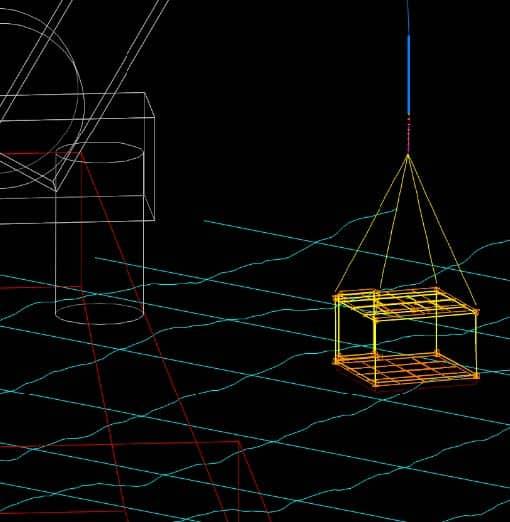The commonly used and widely accepted recommended practice DNV-RP-F109 (Ref. 3) provides three design approaches with increasing levels of complexity to perform on-bottom stability design. These three design approaches are: Absolute Lateral Static Stability, Generalised Lateral Stability and Dynamic Lateral Stability Analysis. The first method is based on two dimensional (2D) force balance equilibrium equations while the second method is based on extensive dynamic modelling results of 2D pipeline models. These first two methods are intended to provide conservative on-bottom stability designs for rigid pipelines. The third method involves detailed finite element modelling of the pipeline under a time domain hydrodynamic loading.
This paper highlights the DNV-RP-F109 recommended practice limitations with respect to the on-bottom stability design of flexible pipelines, umbilicals and cables. The paper presents a dynamic simulation methodology, in accordance with the recommended practice DNV-RP-F109, for on-bottom stability design of rigid pipelines, flexible pipelines, umbilicals and cables, together with specific sensitivity analyses and comparisons with the Absolute Stability method.
The dynamic modelling results and comparisons presented in this paper highlight some limitations of the Absolute and Generalised methods for flexible pipelines, umbilicals and cables and illustrate the benefits of using the three dimensional (3D) dynamic stability analyses. The results of the sensitivity analyses clearly identify important parameters for the dynamic simulation, such as the hydrodynamic load correction due to the pipeline movements, the pipeline axial stiffness and the seabed passive soil resistance, that significantly affect the on-bottom stability behaviour. Refining the identified parameters input values will lead to more accurate and cost effective on-bottom stability design.




